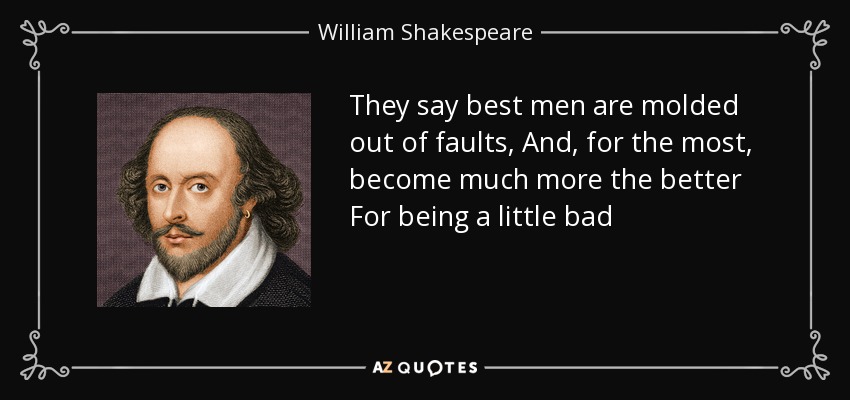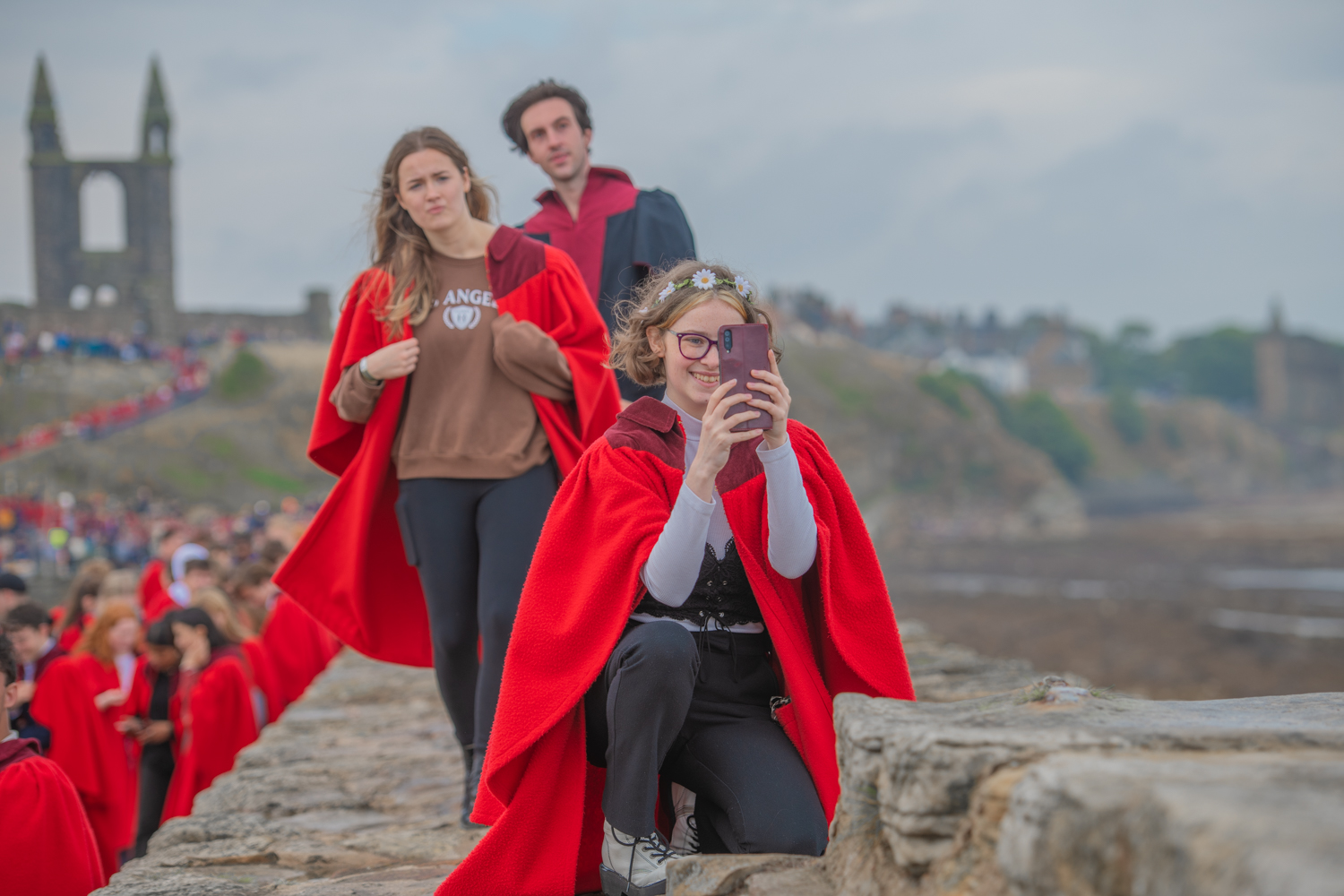2026-01-19 11:00 - 2026-01-19 12:00
"I'm sick of not having the courage to be an absolute nobody."
-- Franny and Zooey" (J.D. Salinger)

Periodic walk-through of Human Resource best practice catalog for labor markets generally; and units within the education facility industry specifically. We inform our discussion based upon periodic release on the Employment Situation Summary from the US Bureau of Labor Statistics.
University of Michigan Facilities & Operations Organization Chart
Recommended Reading:
"The Human Side of Enterprise" 1960 Douglas McGregor
University of Chicago Press: Readings in Managerial Psychology
The tradition of naming terms after religious feasts is rooted in medieval ecclesiastical calendars. The use of "Hilary" for this period originated in the English legal system during the Middle Ages, where the courts divided the year into four sittings: Hilary, Easter, Trinity, and Michaelmas. Universities like Oxford adopted similar naming conventions, reflecting their historical ties to the church and legal professions.
§
This naming has persisted as a tradition, even as modern calendars have standardized dates. At other UK universities (e.g., Cambridge), the equivalent January-starting term is called Lent term instead.





